Mr Häggkvist, our man in Panama, looks across the ocean and back in time, and sees some stunning Eurovision venues. Here are his favorites.
Hola Euro addicts! Now that SVT, Sweden’s state broadcaster, has signed a contract with the Malmö Arena (pictured above), it’s a great time to talk about the beautiful buildings that have hosted the greatest show on Earth—Le Concours Eurovision de la chanson!
The beautiful and oh-so-classic Teatro Kursaal in Lugano, Switzerland hosted the very first Eurovision in 1956. Since then organizers have hosted the contest in convention centers, stadiums, and movies studios—and even palaces, amusement parks, and equestrian centers. I’m a big fan of the old school Eurovision, and it’s great to compare how things went down in the 60’s with how they go down today.
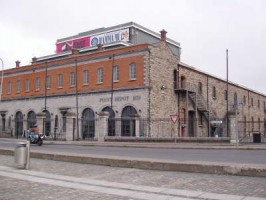
But first here’s some venue trivia. The United Kingdom has hosted Eurovision eight times, which is more than any other country. Then comes Ireland with seven, and Sweden with five if you count the coming year. The U.K. used eight different venues, four of which were in London, and four of which were in Edinburgh, Brighton, Harrogate, and Birmingham. Ireland opted to recycle venues in its glory days. It hosted in the Point Theatre in Dublin three times, and in the RDS Simmonscourt Pavilion two times. But the Irish are crafty. It’s amazing how they adjusted the stages so that they NEVER looked the same.
Since Copenhagen hosted Eurovision 2001 at the Parken Stadium, organizers have typically chosen stadiums and arenas as venues, because they can hold ten times as many people as a theatre or a convention center. Up until 2012 we saw bigger and bigger venues. Maybe that’s why people are not feeling the Malmö Arena: it can only hold around 15,500 concertgoers, and is smaller than the last five venues. But in the 60’s, 70’s & 80’s Eurovision venues were not capable of seating 25,000 people in the same place. We’ve come a long way, people.
Here are five of the fanciest and most magnifique venues of the past 57 Years.
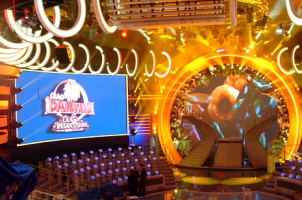
Studio 15 di Cinecittà |Eurovision 1991 | Rome
This movie and TV studio is a place full of history. Called the “hub” of Italian cinema, the studio was founded in 1937. Since then, it’s served as the set for a number of films and TV shows from all over the world. The 1991 contest had one of the most unusual stages. It seriously looked like “All Kinds Of Everything.” Even today it remains one of the most peculiar and interesting places Eurovision has been staged.

Centenary Palace | Eurovision 1987 | Brussels
When Belgium’s French language broadcaster RTBF had the honor of hosting its first (and so far only) Eurovision, officials chose this beautiful building. It previously hosted the World Fair in 1935 and 1958. Its name alludes to the 100th anniversary of Belgium’s independence from the Netherlands. Today it still hosts international fairs. The Palace and other nearby buildings sit in “The Heysel Plateau” on Boulevard du Centenaire in Brussels.
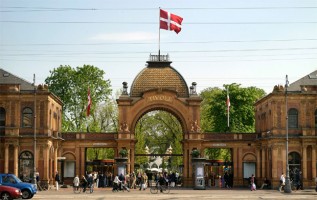
Tivoli Gardens | Eurovision 1964 | Copenhagen
The only amusement park used as a venue, the park opened on August 15, 1843 and is the second oldest amusement park in the world. A concert hall was erected in Tivoli a year after it opened. In 1956, the old concert hall was replaced with what at the time was Northern Europe’s largest concert hall, seating approximately 1,800 concertgoers. The Danes closed the Tivoli Concert Hall for a time in the new millennium so they could restore it to its former glory. It reopened in February 2005. Every summer the venue hosts the Tivoli Festival, which features around 50 classical music concerts with acclaimed artists. These artists do not include Kati Wolf, Sieneke or Safura.

Koncertna Dvorana Vatroslav Lisinski | Eurovision 1990 | Zagreb
Yugoslavia hosted Eurovision in 1990 in Zagreb, which is now the capital of Croatia. The venue is named after Vatroslav Lisinski, a 19th-century Croatian composer. The building has a big hall with 1,841 seats and a smaller hall with 305 seats. The construction began in 1961, but financial difficulties pushed the completion date into the next decade. The hall finally opened on 29 December 1973. Ten million visitors entered the hall in its first thirty years of operation. In 2007 alone the venue hosted 450 different shows, which drew more than 760,000 visitors.
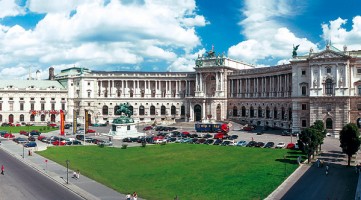
Großer Festsaal der Wiener Hofburg | Eurovision 1967 | Vienna
The Hofburg Palace is, in my opinion, the most beautiful home Eurovision has ever seen. Built in 1276 it’s expanded countless times over the years. Its famous concert hall—the Festsaal—opened in 1923. With a capacity of 1260 seats, it allows a select few to witness some of the world’s greatest orchestras and musicians in action on a regular basis.
Gori Ljubav, Puna Plama,
Mr Häggkvist
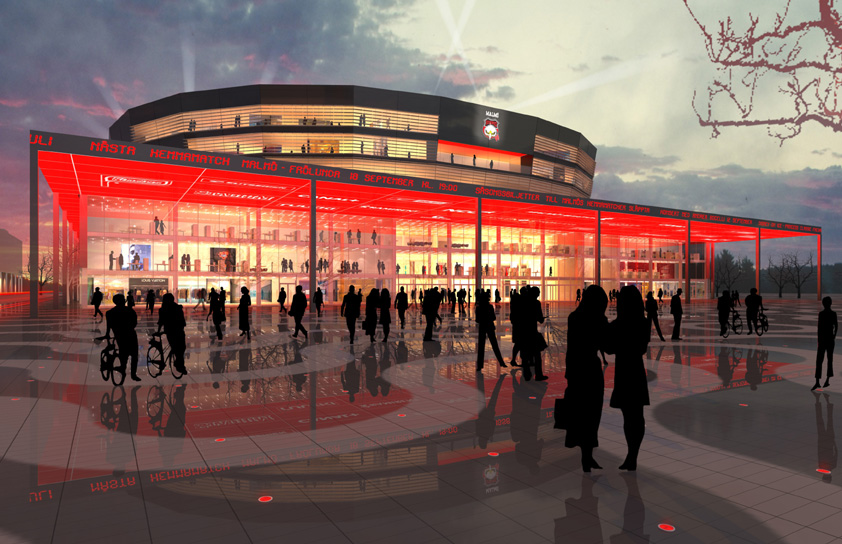

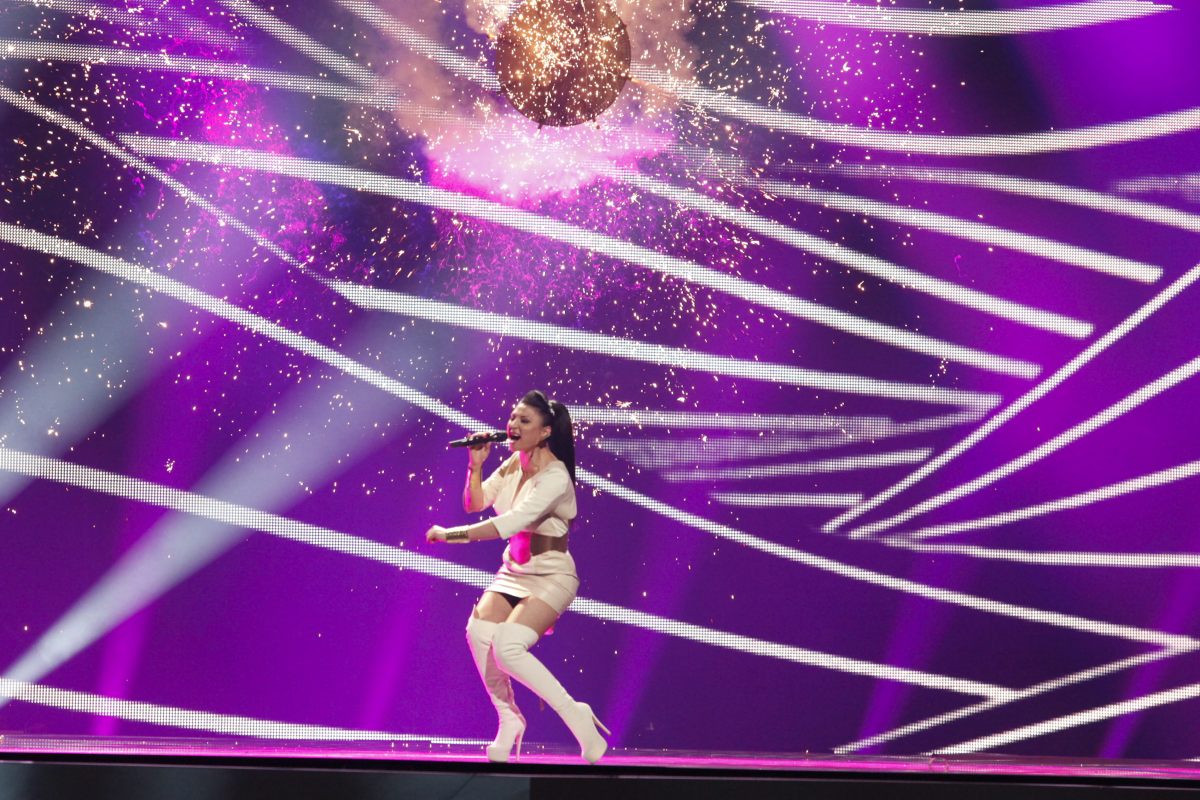








Thank You For the Correction AC, you’re right Belgium is a Kingdom, i apologize for my mistake, Le Palais du Centenaire name is take from the 100 aniversary of the independence from the Netherlands!
Belgium is a Kingdom, not a Republic…